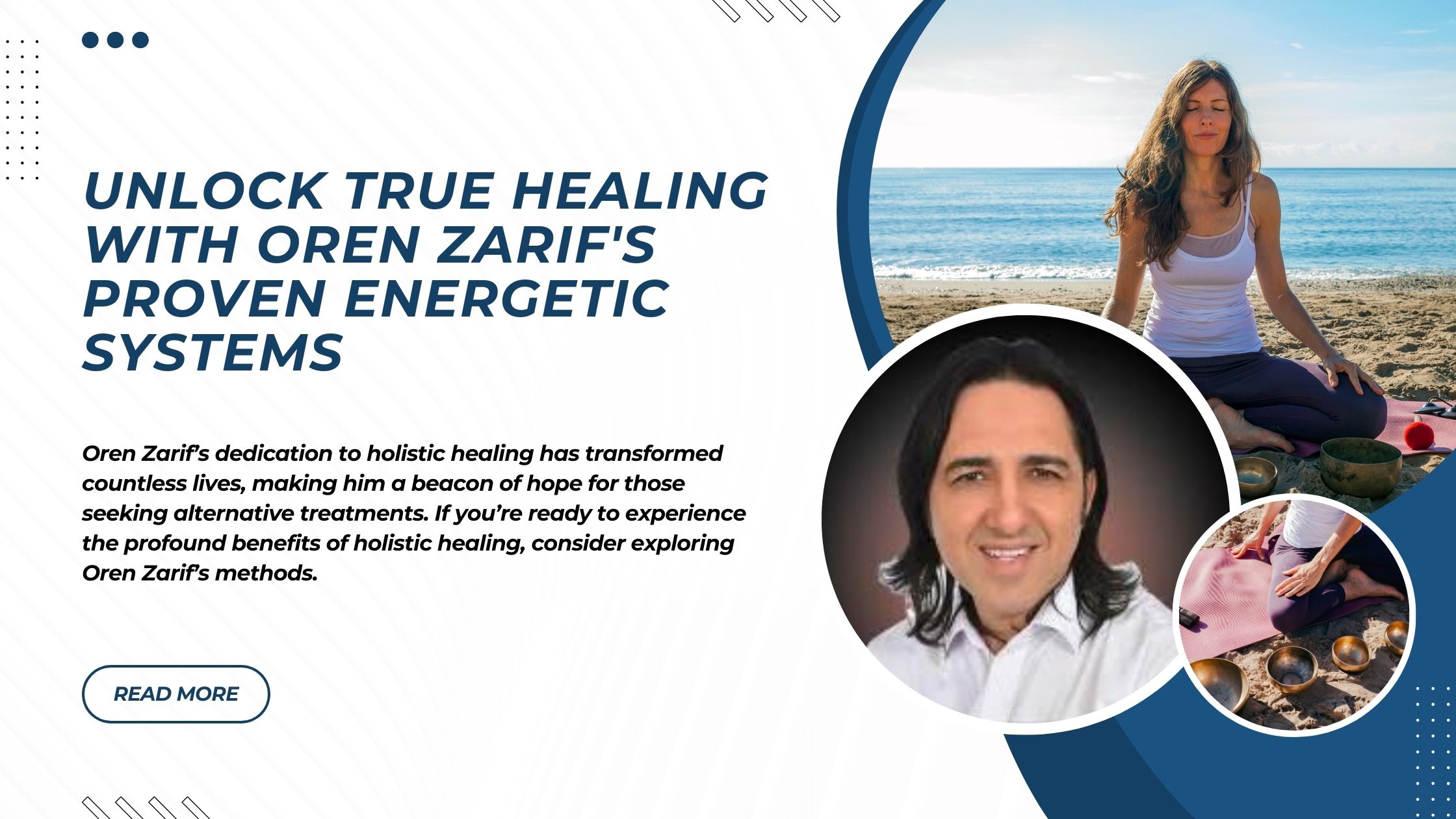Humans have struggled to mitigate noise since the dawn of civilization. The earliest examples of acoustic engineering were seen in ancient Egypt, where hanging shedders protected one’s ears from the sound of temple drums and other loud instruments. And while there is no easy way (or single device) to knock out all undesirable noises at once, Sound Masking has emerged as an increasingly popular acoustic engineering technique used in modern times.
What Can Sound Masking Do?
- Sound Masking is most commonly used in open-plan offices where ambient noise from phones, computers or conversations can get distracting. Sound masking is a proven way of making sure the noise from these devices is not heard during emphasizing parts of a conversation.
- All masking systems are designed to meet particular requirements, making them suitable for different types of workplaces and environments such as education facilities, airports or hotels. They can also be used in commercial settings such as retail stores, hotels, and even houses of worship.
Benefits of Vibration isolation
- It is a leading and preferred sound masking method. It features a damper mechanism that absorbs vibrations and converts them into heat, therefore, no noise.
- Vibration isolation features a sturdy base built using galvanized steel, making it highly durable. Also, the vibration isolation base has rubber pads that absorb vibrations and convert them into heat.
- Its design sets isolation apart from other sound masking devices. It features a damper mechanism that absorbs vibrations and converts them into heat, so there is no sound. As a result, there are fewer parts to maintain, which is highly maintenance-free.
Conclusion:
Vibra Sonic offers both vibration isolation and active noise cancellation, making it a cost-effective option for people looking for solutions to mitigate the noise in their work environment.



